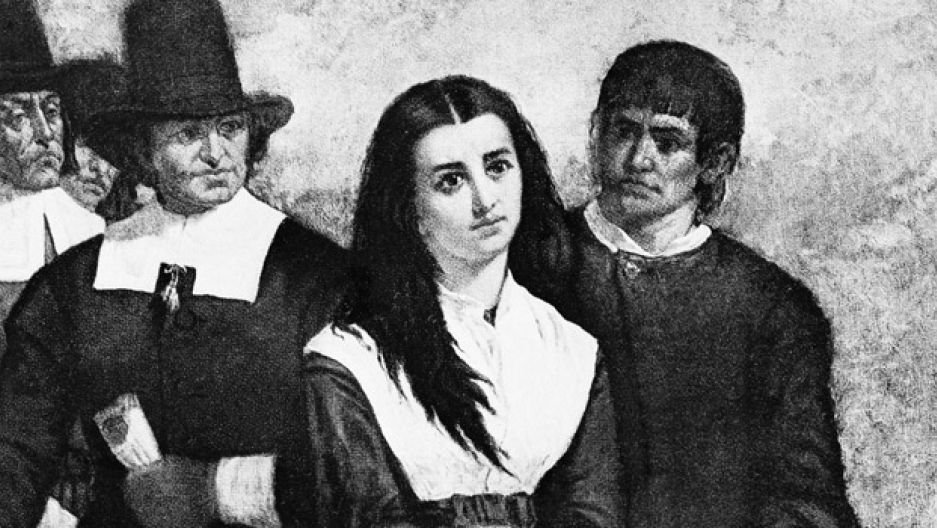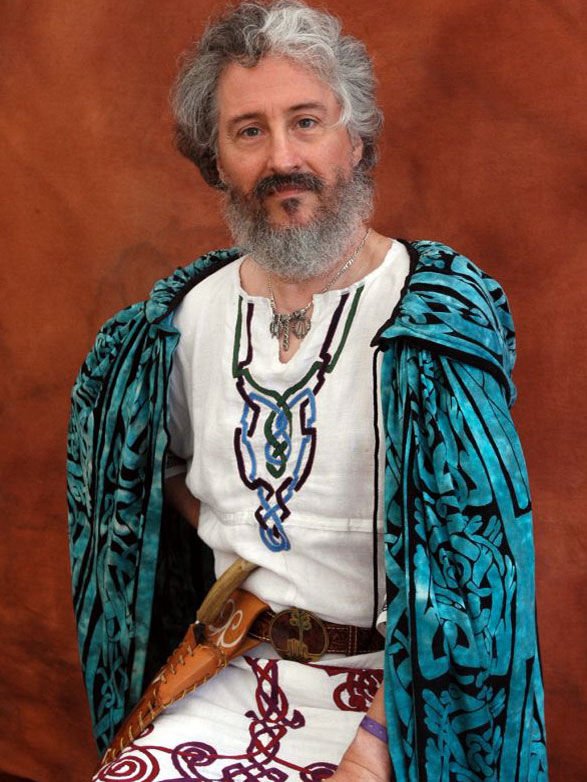
Origins
In the 16th and 17th centuries, something known as the witch hunt took place across Europe and the American colonies, during which somewhere between 40,000 and 100,000 people were killed. These people had been accused of being witches, who, according to their persecutors, worshipped the Devil, and committed acts of diabolism that included the cannibalism of children and desecration of the Eucharist. Most scholars since have agreed that these were the victims of isolated incidents of hysteria in remote, peasant communities, and that there was no religion being practiced by these witches.
However this was not the only view; one, which originated with Karl Ernst Jarcke in 1828, and which was expanded upon (most notably) by Jules Michelet in the 1860s and Margaret Murray in the early 20th century, known as the Witch-cult hypothesis, claimed that the witches had been members of a pan-European pagan religion which had pre-dated Christianity and had been persecuted by the Christian Church as a rival religion.


